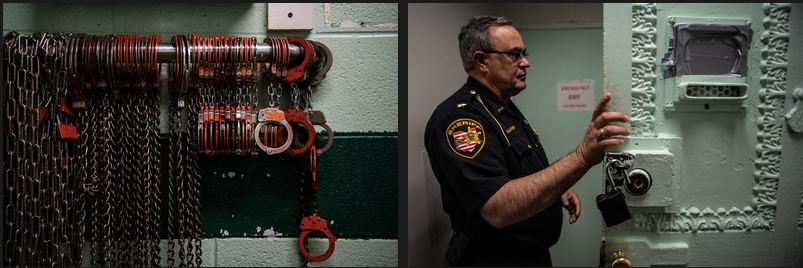WASHINGTON COURT HOUSE, OHIO — In a dungeon-like jail in the center of this depressed farming town, 18 women in orange-and-white-striped prison uniforms are crammed into a two-story cellblock. Many of them are withdrawing from fentanyl.
The jail, built in 1884 to hold 24, now houses 55 men and women, a number that can swell to as many as 90. The inmates are sprawled on metal bunk beds and mattresses that line the floors as they wait for court appearances or serve time on low-level drug offenses.
. . .
But health policy experts say drug treatment funding is not nearly enough, and the administration’s response was hobbled by the failure to appoint a drug czar in its chaotic first year and confusion over who was in charge of drug policy. The depth of the problem continues to overwhelm the government’s response, and the administration has yet to produce a comprehensive strategy that is legally required by Congress.
John P. Walters, director of the White House Office of National Drug Control Policy during the George W. Bush administration, said that after two years and a presidential commission to study the problem, the Trump administration is still struggling to confront the deadliest drug crisis in U.S. history and is not dedicating nearly enough federal resources.
“What other threat that is preventable is going to kill tens of thousands of Americans?” Walters said. “We’re spending much more money on terrorism, as we should, but we’re not spending a similar amount on the source of death to many more Americans right now.”




